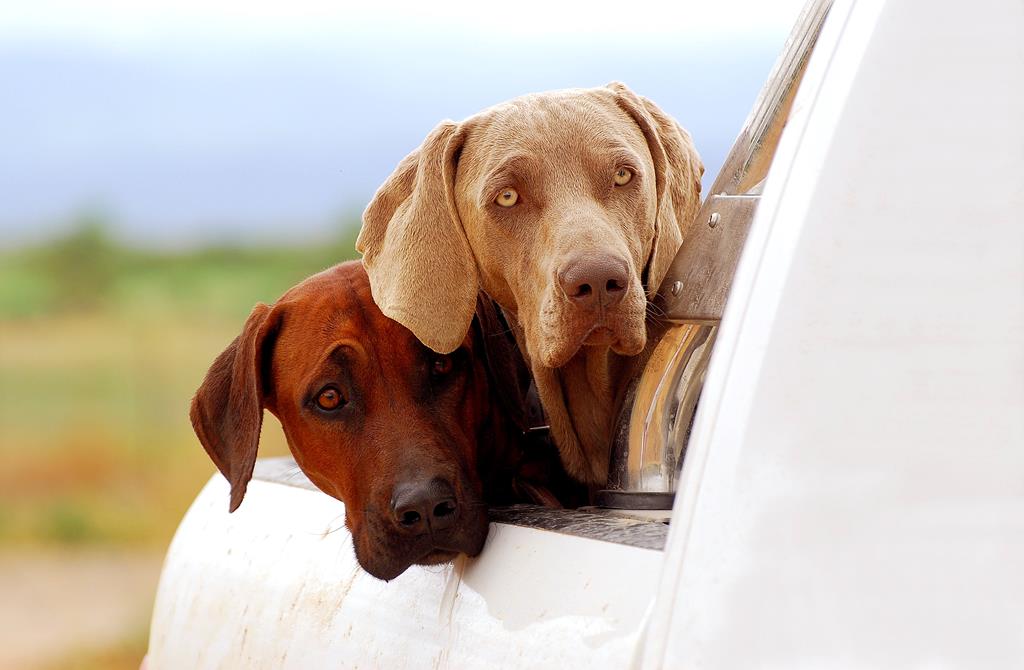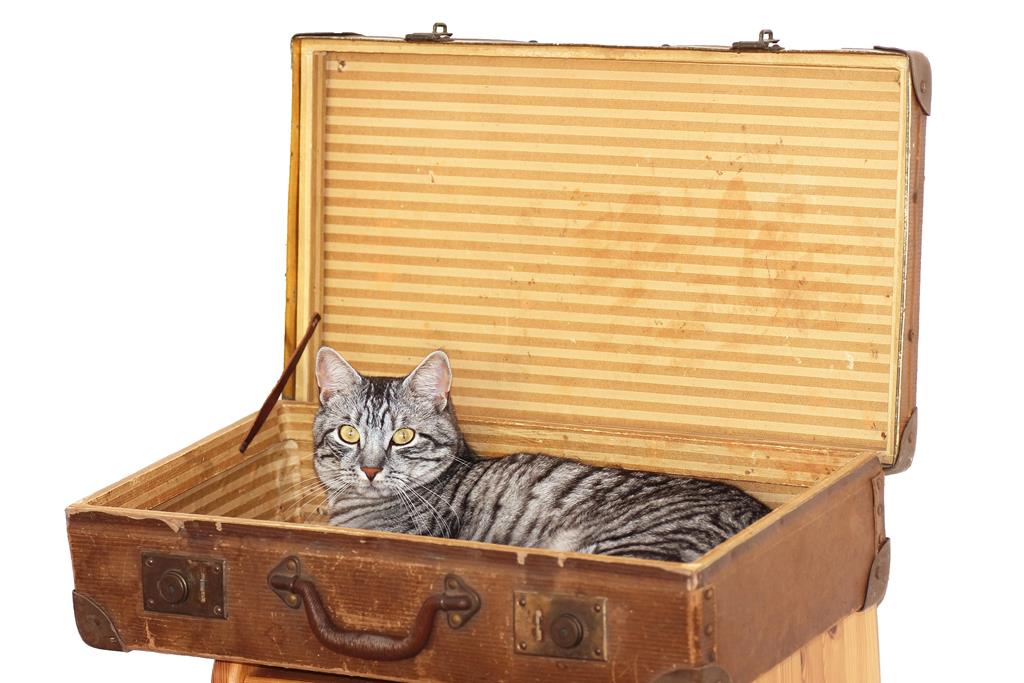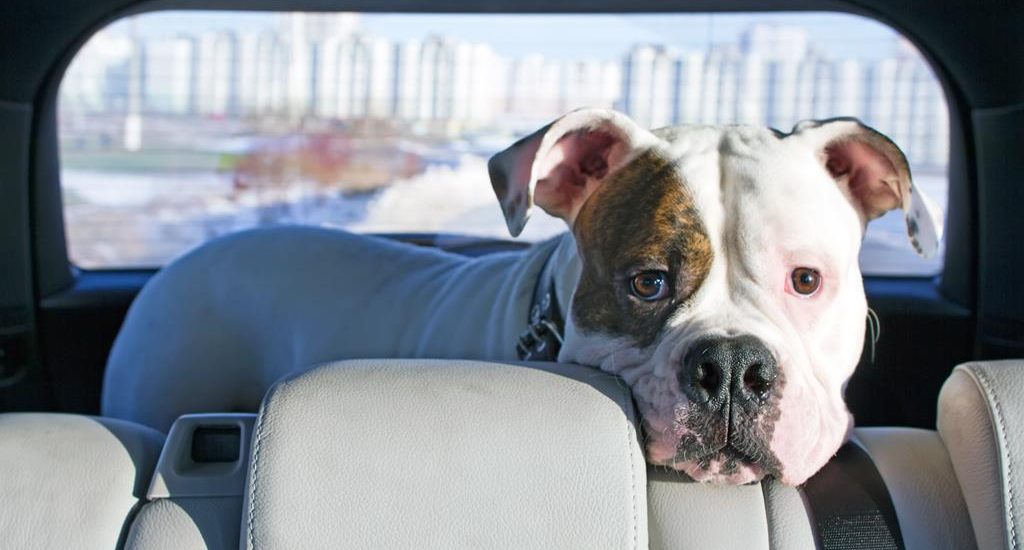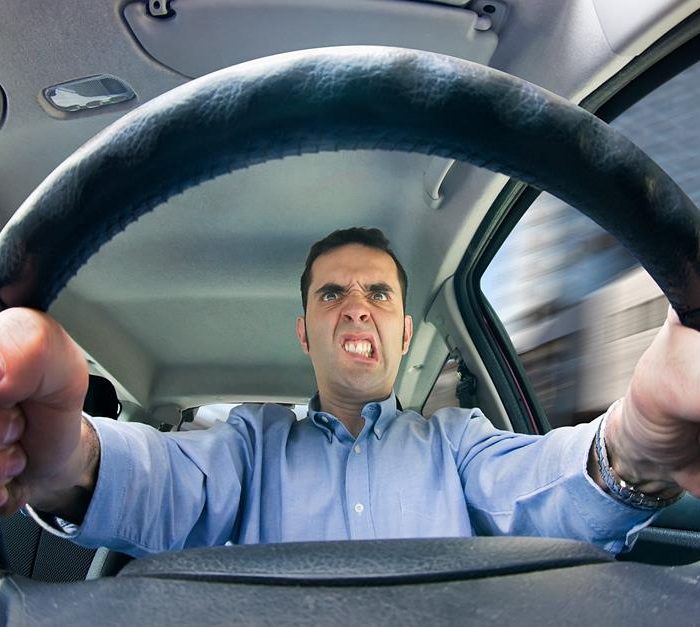Car Journeys with Animals
Almost everyone has had to transport a cat or dog to a veterinarian or relatives at least once. But a short-term move with animals is one thing, and traveling, especially a multi-day trip, is quite another.
A lot of questions arise before the owner of a cat or a dog, for example:
- How will the animal eat, sleep, and go to the bathroom on the road?
- Does it catch a cold in winter or does it overheat in summer?
- Do I need to take a veterinary passport and vaccinate a pet if I’m supposed to travel abroad?
First of all, not all animals suffer from loneliness, so sometimes it is easier to take a cat or a dog with you than to worry about them being far from home. But on the other hand, not all animals are able to endure the road, and your car ride can become a huge stress for your pets. In order to not harm the animal, it is necessary to prepare it for the trip in advance. You should take in the car your pet’s favorite underlay or carrying, which is already familiar for your animal. You should also take a tray and bowls for water and feed. If your cat or dog is accustomed to the filler, it is necessary to take it too. All this should be done in order to compensate the animal for all the difficulties of the long drive: noise of the motor, unfamiliar surroundings with usual objects and smells.
Also, we should not forget that there are special drugs designed to prevent and treat stress in cats and dogs, for example, Fospasim. Using it a few days before the trip will prepare the nervous system of your animal for a change in its situation associated with travel.
In addition, it is a good idea just to take a cat or a dog with you in the car three or four times, to give it the opportunity to settle and then return home. Accustomed to the idea that a trip in the car always follows a return to the familiar home environment, the animal will not be nervous in the future.
Five to six hours before the start of a one-day trip, the animal should not be fed, and a couple of hours before the proposed stop, you should offer a feed. At the stop, you can set up a tray with filler. If the animal categorically does not accept the tray, you can purchase a cat or dog diaper beforehand and put it on at the beginning of the journey. In a multi-day trip, the feeding time is no longer important, but access to water should be permanent.
It is better to talk with pets and stroke them to avoid their discomfort from the very beginning. If there are no more people in the car except the driver, and so there is no one to stroke the cat or dog, it is better to place the animal in the front seat.

It is also worth considering the possibility of “escaping” from an open window, and at the most unexpected moment. Particular attention should be given to the animal at any stops. There should be a collar or harness with a leash on a cat or dog, and if the dog is large, then a muzzle too. In addition, when traveling abroad, the animal must be chipped, grafted, and wormed (preferably a month before the trip). Also it should be remembered that in some countries it is possible to import felines only after 6 weeks of quarantine (in the UK this period is 6 months). All this time the cat will be in a special cat hostel. The owner can visit his animal at any time, but it is forbidden to withdraw it from the board ahead of time.
It is better to take a special carry-on for a cat or a small dog. A container will not let your cat escape at the most inopportune moment, and will insure the trip will not turn into a rescue operation. Also, placing the cat in a carrying case during the trip will prevent an inadequate reaction from the animal (jumping on the driver or under his feet, etc.), which is fraught with an emergency situation.
Another thing is molting. During emotional stress, the animal can strongly shed, which immediately affects the condition of clothes and the upholstery of car seats. Therefore, it is better to prepare a cat brush in advance, which allows you to remove excess wool and thus prevent excessive molting.
You cannot leave a cat or dog alone in a closed car, especially in the sun — this is not only fraught with a heat stroke, but also with more serious consequences: in modern cars almost no air penetrates from outside, and the animal can suffocate.
Since animals can be rocked and may vomit in the car, it is necessary to take a few hygienic diapers, preferably disposable ones. They can be changed and discarded at any time. For the same reason, you should not overfeed your animal.
If your cat or dog needs a special type of food, it is better to take it for the whole duration of the trip, as it might not be possible to buy it on the go, and changing their food is an additional stress for the animal.
When arriving at your destination, do not pull the cat forcibly from the carry-on: put it in the room, open the door and let the cat itself go outside when it respects the surrounding area safe enough.
Traveling with a pet can become memorable and full of fun for the owner and for an animal. To do this, you just need to provide for all the trifles listed above, which in fact are not such trifles, but important and necessary moments of preparation for the trip.

Thank you for reading, and don’t forget to get an international driving license before the trip abroad with your cat, dog or companion parrot. Pets feel the mood of their owners. Driving your way across the globe confidently will add a good mood to your pets.






